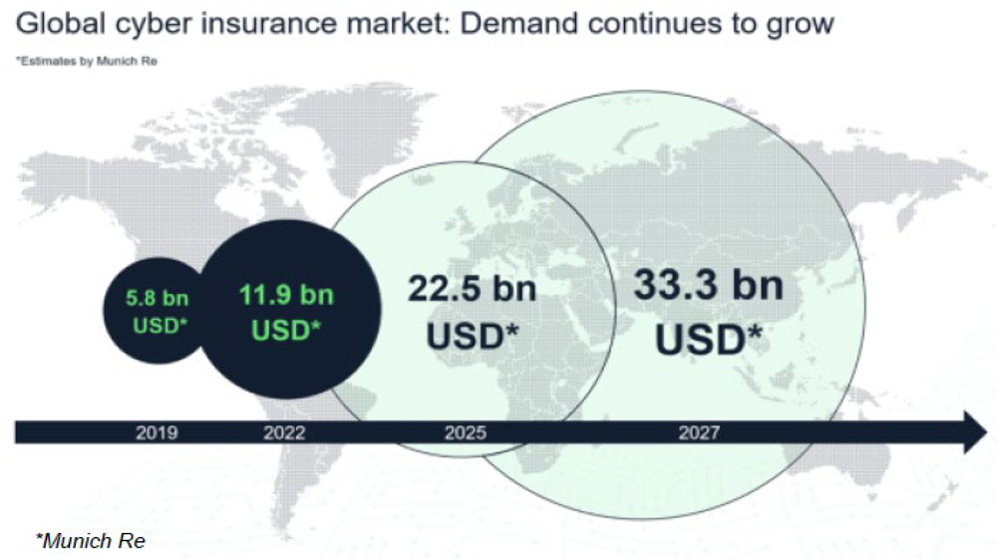“Survival of the Fittest” is a familiar phrase in biology, but actuaries at the Casualty Actuarial Society’s Ratemaking and Product Management seminar in March got a lesson in how to let Darwin’s theory improve insurance analytical practices.
Eliade Micu, FCAS, director of research and development at Clyde Analytics, gave attendees an overview of how to use the rules of biological natural selection to solve complex insurance problems in a session titled, “Genetic Algorithms with Applications in Insurance.”
The two most effective problem solvers in nature are the human brain and natural selection, said Micu. Using brainpower to solve problems is, well, a no-brainer. Using evolutionary methods is a bit more revolutionary.
The approach — known as evolutionary computing — makes sense when modeling complex problems, Micu said, particularly when there are many solutions, or when you have a good solution to a problem but suspect that a radically different approach might yield a better one.
The concept stretches back to the 1940s; its earliest success was from devising timetables for university classes. The problem is large and complex, with a lot of constraints, including that:
- There are thousands of classes and thousands of classrooms in which to conduct classes.
- Students prefer to not have too many classes in a day, while faculty wants classes concentrated in as few days as possible, to leave more time for research.
- Classes early or late in the day have limited appeal.
Winning solutions typically tend to defy human expectation. A classic example is the design of a structure to attach a satellite dish to a space shuttle.

Human designers came up with a standard rigid structure, but struggled to account for the fact that in space you don’t have gravity and an atmosphere to thwart vibrations once they start.
The winning model vaguely resembles what humans designed, but really looks more like the skeleton of a beer can that has been squeezed in the middle. It appears semi-squished and twisted. It looks delicate as a wounded butterfly, but it works 20,000 percent better than the standard rigid structure.
Evolutionary computing methods “tend to produce strange-looking things that humans would not come up with,” Micu said. “But they seem to work … just magical; they just work.”
Natural selection works by having many individuals compete and allowing successive generations to evolve. Eventually a certain population stumbles upon a winning set of mutations and crowds out opponents.1
Evolutionary computing works in a similar way. The programmer wants to solve a problem that might defy a conventional approach. So he sets up a model that mimics the problem and sets several competing solutions at the problem. And he gives them the opportunity to attack the problem anew in successive generations.
Each new generation is created through a sort of algorithmic procreation. Solutions pair off in a semirational, semirandom fashion, and their offspring are a new solution.
And just like in real life, parents can pass along their traits, and those traits mutate randomly. Mutations happen the same way they do in nature. The equivalent of a parental gene can mutate and pass along a new trait, or there can be a crossover, in which a portion of one parents’ genetic code swaps places with the code located at the same spot on the other parent.
And as in real life, some new solutions thrive; some do not. One way evolutionary computing differs from the real world is that the modeler needs to watch for characteristics that appear superior but are losing out because of bad luck.
Using brainpower to solve problems is, well, a no-brainer. Using evolutionary methods is a bit more revolutionary.
The phenomenon is called genetic drift, and it is more likely to occur, both in nature and in computing, when the population size is small. Modelers want to avoid genetic drift because it is completely caused by chance and not by the superiority of a characteristic. Modelers want randomness to create winning designs, not eliminate them.
With genetic drift, Micu said, “Highly fit individuals may be lost.”
There are other design challenges.
- What characteristics do you give the first generation? (You can assign them randomly, Micu said, but it isn’t unusual to seed the population with known solutions.)
- After parent solutions have mated, what do you do with them? (If they don’t die off at some point, they become a drain on the resources in the experimental environment.)
- How long do you let the experiment run?
- How do you determine success?
Micu gave three examples of how evolutionary computing would work in insurance.
1. A program that extracts common terms from the text portion of notes taken by underwriters or claims adjusters.
There are too many combinations to use brute force to determine which phrases are likely to be correlated with a high value for the ultimate loss, but an evolutionary search would allow these phrases to emerge through natural selection.
2. A program that determines which combination of rating factors gives the best profit, subject to some volume constraint.
Gradient-based methods can find local optimums, but “if they get stuck in such a local optimum, there is no way” to reach the overall best result, Micu said. But a type of evolutionary algorithm, termed “differential evolution,” can get unstuck from local optimums and explore more of the search space.
3. A program that creates the tightest fit for a set of data.
Micu’s example used parse trees for arithmetic expressions to perform regression on loss ratios. A parse tree, in this case, is a way to represent an arithmetic expression in a root-and-branch design, resembling the factor trees you learned in elementary school. A parse tree of the expression 2(x + y), for example might be
The parse tree can be thought of as a chromosome, in which each node is analogous to a gene. Crossover occurs when pieces of one parent’s parse tree, x + y in this example, swap out with a similar piece from the other parent.
The formula that best explained the observed loss ratio was, in Micu’s model, dense and complicated. It looked randomly generated. The same variables appeared more than once.
Evolutionary computing isn’t necessarily guaranteed to outperform problem-specific algorithms in all instances, Micu said. But it can expand the toolbox of solutions actuaries use, particularly when problems are complex. Using evolutionary algorithms in conjunction with other machine-learning algorithms can lead to superior models.
James P. Lynch, FCAS, is chief actuary and director of research for the Insurance Information Institute.
1 Rodrigo C. Barros, Andre C. P. L. F. de Carvalho, Alex A. Freitas. Automatic Design of Decision-Tree Induction Algorithms (Cham, Switzerland: SpringerBriefs in Computer Science, 2015), 3.












